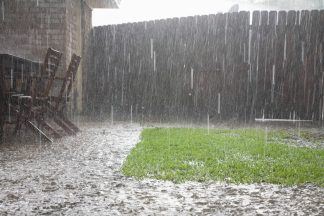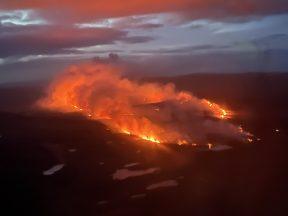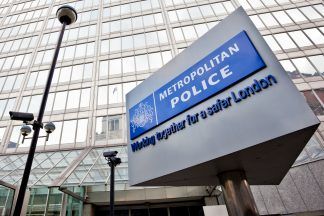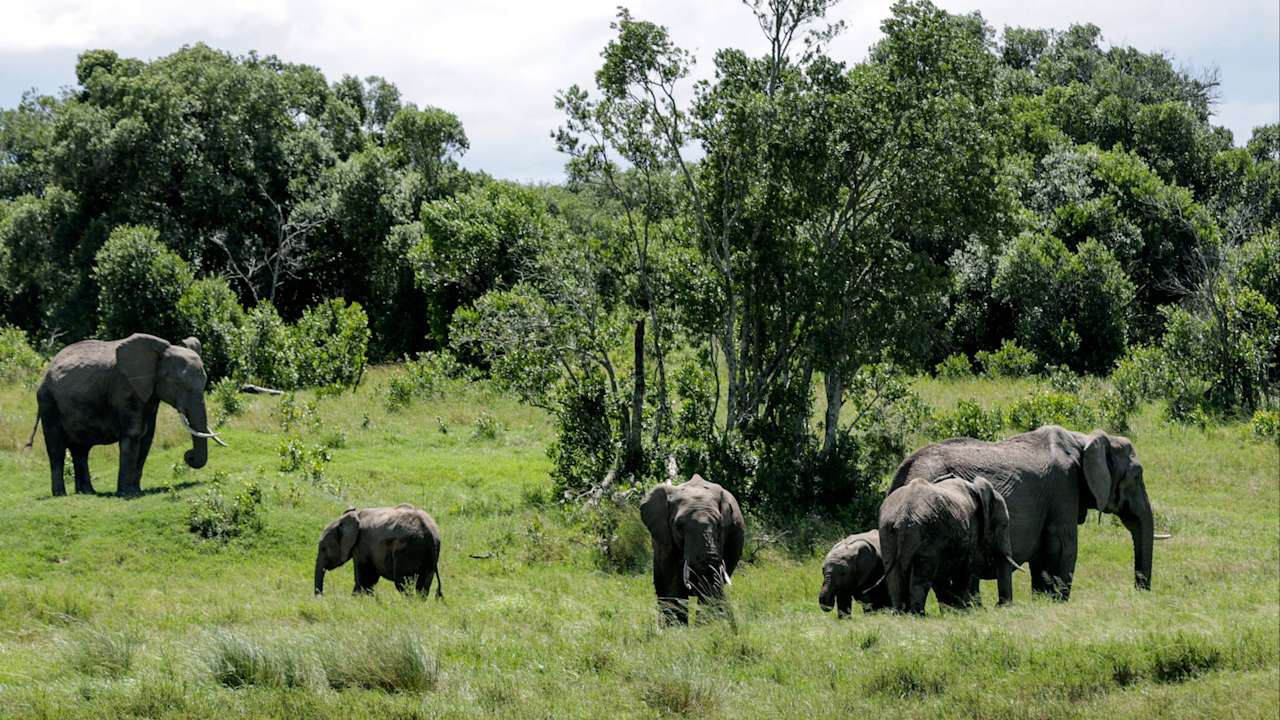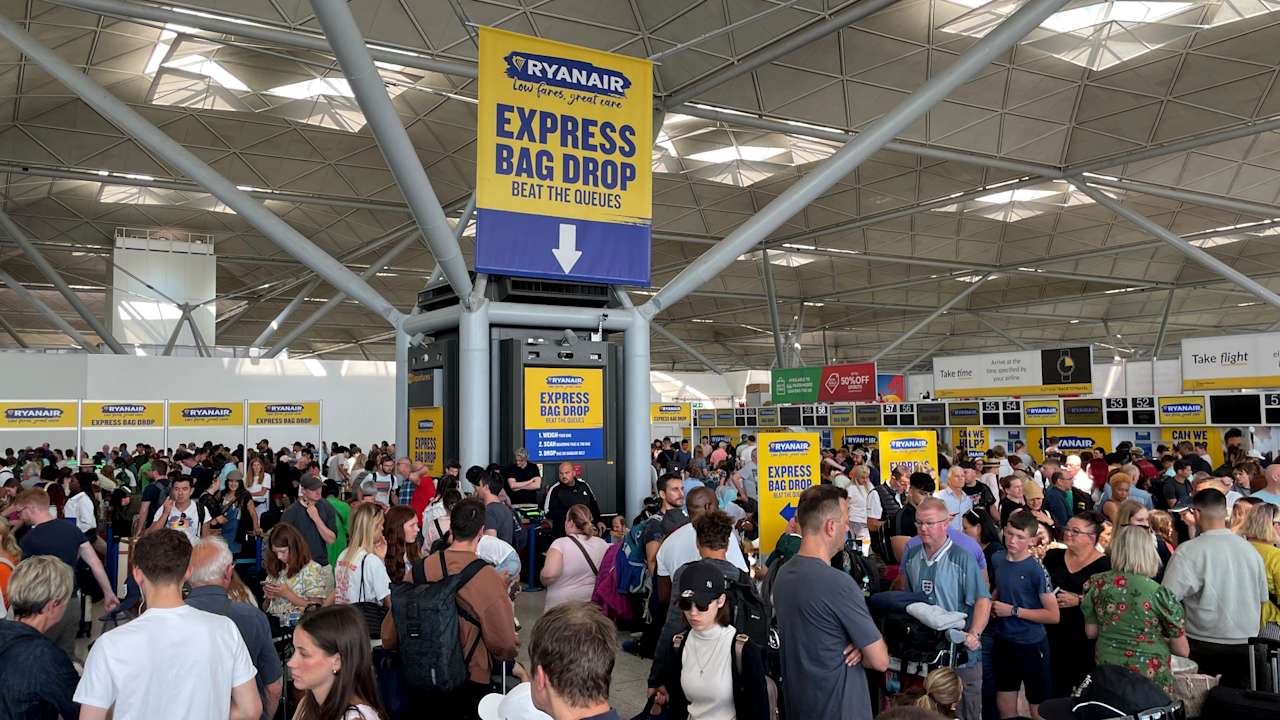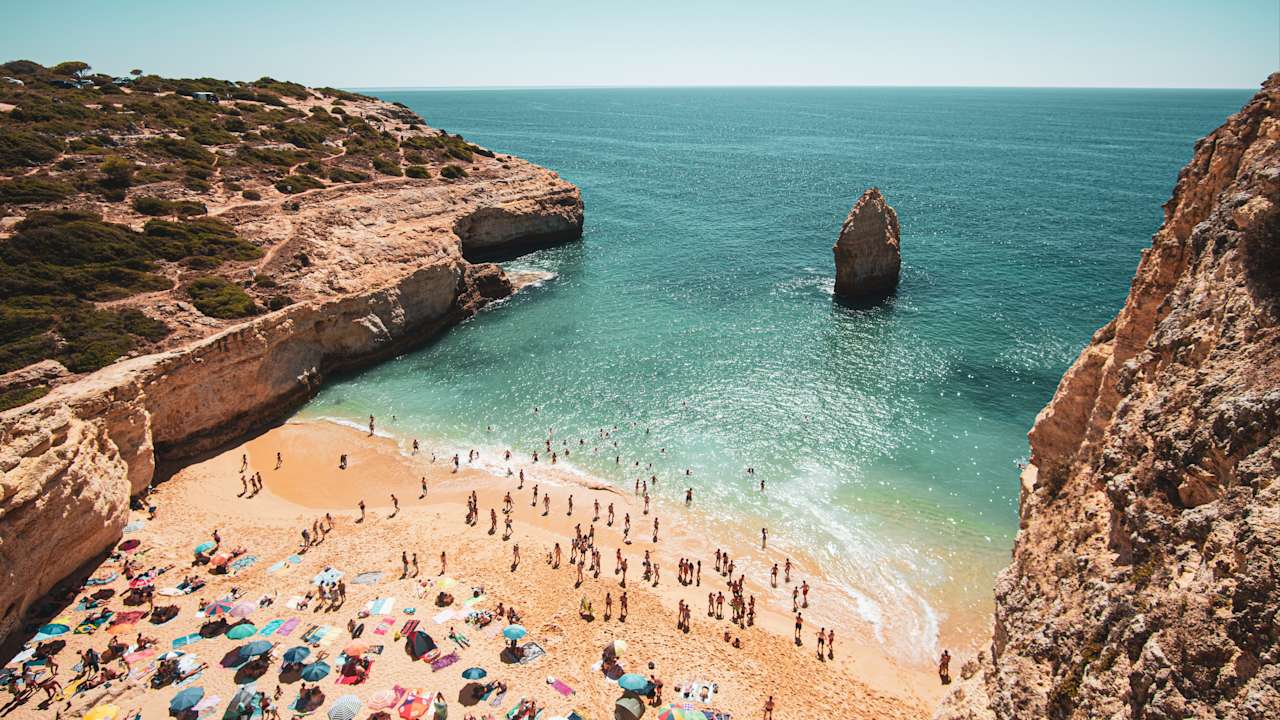Hurricane Beryl is hurtling towards Jamaica and is expected to make landfall in the next few hours, as ITV News correspondent Geraint Vincent reports
Hurricane Beryl is roaring past Jamaica after killing at least six people in the south-east Caribbean earlier this week.
The storm is expected to generate a “life-threatening storm surge” and dangerous winds in portions of Jamaica and the Cayman Islands, according to the National Hurricane Centre.
Jamaica has been placed under a state of emergency for the next seven says, with Prime Minister Andrew Holness announcing an island-wide curfew between 6am and 6pm local time on Wednesday.
It is now considered a very strong Category 4 hurricane, with winds of 150 mph.
The Prince and Princess of Wales are reported to be privately donating to relief efforts and are following the impact of the hurricane closely.
By midday, winds howled in the Jamaica’s capital, turning the sea into churning whitecaps as Beryl’s eye scraped by the island’s southern coast.


Previously, it was named the earliest storm to develop into a Category 5 hurricane in the Atlantic and peaked at winds of 165 mph earlier this week.
After making landfall on the Grenadines, the storm left behind a path of “immense destruction, pain (and) suffering”, Prime Minister Ralph Gonsalves said.
Three people were reported to have died in Grenada and Carriacou and another in St. Vincent and the Grenadines, officials said.
Another two deaths were reported in northern Venezuela, bringing the death toll to six.
“The situation is grim,” Grenadian Prime Minister Dickon Mitchell said. “There is no power, and there is almost complete destruction of homes and buildings on the island.
“The roads are not passable, and in many instances they are cut off because of the large quantity of debris strewn all over the streets.”
Mitchell added: “The possibility that there may be more fatalities remains a grim reality as movement is still highly restricted.”


Beryl’s rapidly intensifying strength and early arrival are rare for the Atlantic hurricane season and are a troubling indicator that this season will be far from normal.
The storm has already shattered numerous records. On Sunday it became the earliest major hurricane – defined as one that is Category 3 or higher – in the Atlantic in 58 years and the only one to reach Category 4 status in the month of June.
The hurricane was able to churn to life because the ocean is as warm now as it would normally be at the peak of hurricane season, said Jim Kossin, a hurricane expert and science advisor at the nonprofit First Street Foundation.
“Hurricanes don’t know what month it is, they only know what their ambient environment is,” Mr Kossin said. “Beryl is breaking records for the month of June because Beryl thinks it’s September.”
Mr Kossin added the ocean heat fueling Beryl’s unprecedented strengthening “certainly have a human fingerprint on them”.
The National Oceanic and Atmospheric Administration predicts the 2024 hurricane season is likely to be well above average, with between 17 and 25 named storms. The forecast calls for as many as 13 hurricanes and four major hurricanes.
An average Atlantic hurricane season produces 14 named storms, seven of them hurricanes and three major hurricanes.
Follow STV News on WhatsApp
Scan the QR code on your mobile device for all the latest news from around the country




